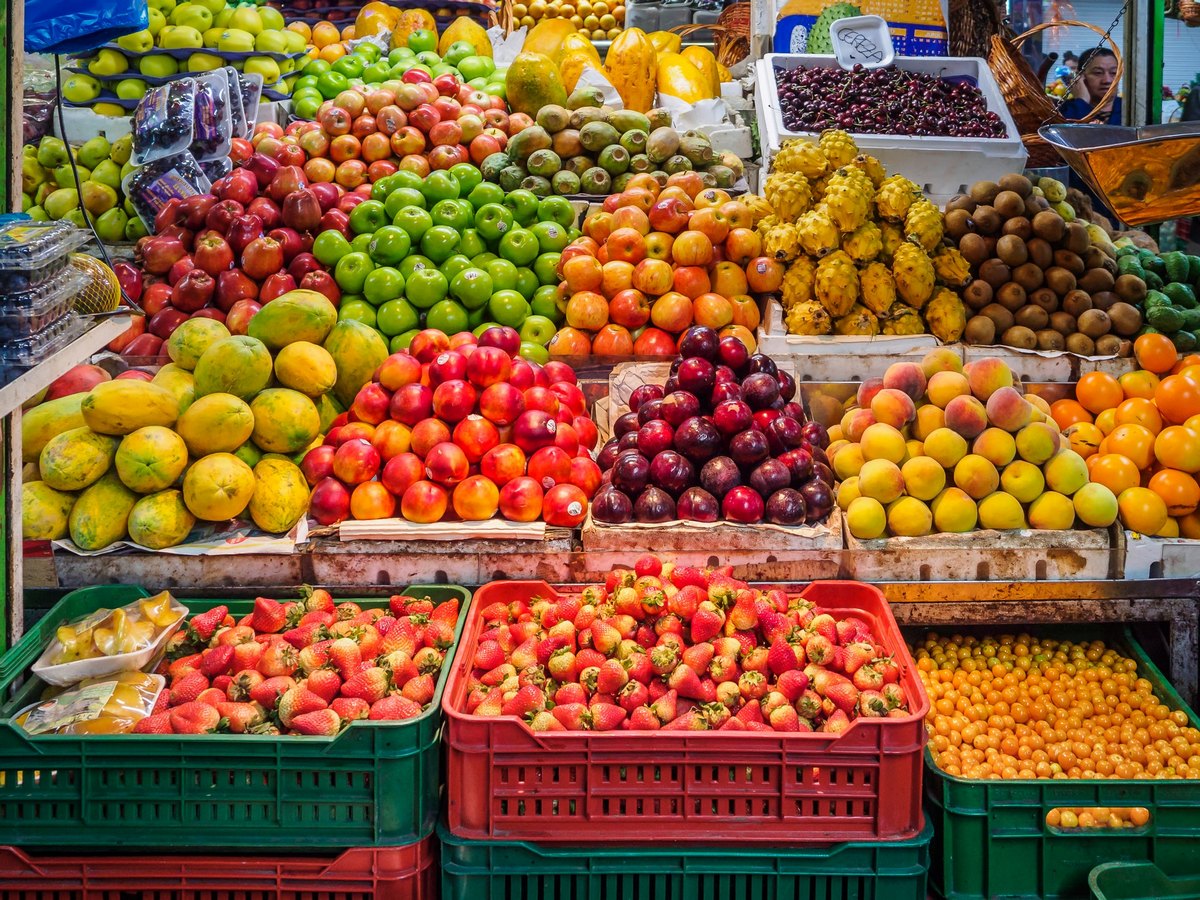Products
ContactBlog- Microbiome test
- Supplements
- Gut health app
About us
- About us
- Science Gut health app

Did you know that gut bacteria have an essential role to play in digestion?
Well, they do! Gut microbes produce a large number of compounds that can significantly influence your health – from hormonal balance and skin health to mental well-being.
Broadly speaking, there are two types of bacteria in the gut: those that benefit you and keep you healthy, and those that are harmful and can make you ill in the long run.
How can you promote beneficial probiotic bacteria in your gut?
By regularly feeding them the right food, of course!
The correct food to feed the friendly bacteria in your gut is dietary fibre or prebiotics.
It is important to understand that fibre can ONLY be found in plant-based foods and different types of fibre can be obtained from foods from the plant kingdom.
Therefore, to keep your friendly gut bacteria happy, you should eat a wide variety of plant-based foods. The more different plants you eat each day, the better 😊.
Because it is a fun and creative way to improve your gut health by encouraging the growth of good bacteria while also exploring new plant-based foods.
Inspiration for this idea was derived from the ground-breaking book, which we have handy in the Elsavie office, Fiber Fueled, written by the renowned US gastroenterologist Dr. Will Bulsiewicz.
Based on extensive research and his wealth of experience, Will Bulsiewicz has come to the conclusion that:
At first, eating 30 different plant foods in one week may seem like a mammoth task and you might feel like you don’t even know that many different fruits and vegetables. But do not worry – it is easier than you think!
Start by writing down all the plants you already eat in a week, both raw and processed:
In order for a specific plant to count, you have to eat at least a handful of said plant. If you eat less than that, the plant doesn’t count.

Why does it not count?
For example, if you only eat one nut, it has virtually no impact on your gut health. However, if you eat a handful of nuts, you get a sufficient amount of fibre that can help your gut bacteria thrive.
Take small steps when diversifying your plant intake and every time you’re in the kitchen or every time you go to the supermarket, see it as an opportunity to discover new flavours and gain new experiences.
This will prompt you to browse the shelves you normally walk past at the supermarket and motivate you to try out exciting new recipes.
Below is a brief overview of the different kinds of fibre you can find in plants.
The most important thing to remember is that diversity is the key to making the good bacteria in your gut healthy and happy.
Inulin stimulates the growth of both bifidobacteria and butyrate-producing bacteria. In addition, inulin also enhances calcium and magnesium absorption.
Sources of inulin include:
Resistant starch also promotes the growth of butyrate-producing bacteria. Resistant starch is abundant in the following foods:
Beta-glucans increase the activity of the immune system, prevent the absorption of cholesterol, and facilitate digestion. They are abundant in two cereals:
Pectin helps create a feeling of fullness and facilitates intestinal transit. Sources of pectin include:
Cellulose is an important fibre for the stimulation of intestinal function. It can be found in the woody parts, leaves, grain shells, skin, and roots of plants. Sources of cellulose include:
Arabinoxylans help rid our bodies of excess cholesterol and regulate insulin levels after eating. Sources of arabinoxylans include:
Happy tasting and discovering! 💚
PS! Modern life is fast paced and sometimes you might not hit the 30 plants mark. Then Elsavie fiber supplements come handy. Click on this link to explore more!
Our weekly newsletter where we talk about key insights into what makes a healthy and balanced life, and how to improve gut health and create sustainable habits
